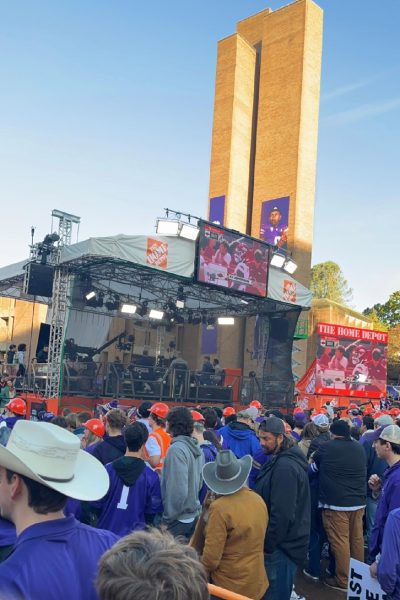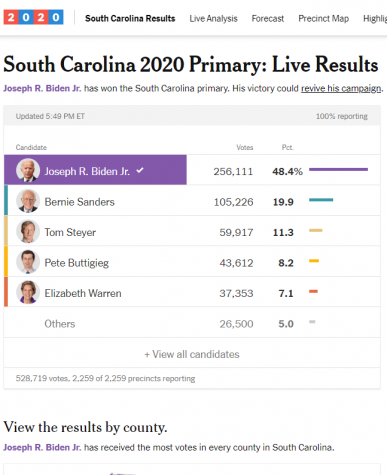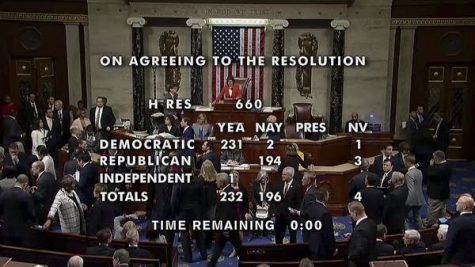Intro to “Election 2020”
Follow the 2020 election with Sam Ketchem.
November 25, 2019
The 2020 election is going to be a big one. And whether you have been following politics for a long time or are new to the system, this column is made for you. I’ll explain the elections process in general and update you about the most important races, whether it be for a state governor, a Congressional or Senate seat, or for the White House. In these pieces, I want to inform young people about American politics. And no matter what their political views are, I want to inspire them to take action and get involved in the process. I also want to be upfront about my views. I am a Democrat. I will clearly tell you when I am giving unbiased analysis and when I am giving my opinion, but I would encourage readers to get other’s perspectives as well. Talk to independents and moderates, talk to conservative Republicans, and talk to those you trust so you can create your own opinions about the candidates and issues that this column will focus on.
Before this column officially kicks off, here are some terms you may want to know. In each article, I will include some key terms you will need to understand in order to stay up to date on the latest news.
- House of Representatives: One of the two parts of the legislative, or law-making, branch of government that contains 435 members.
- Senate: The other part of the legislature which contains 100 people. Each state is represented by 2 Senators.
- President: The head of the executive branch of the United States government.
- Senator: A member of the Senate.
- Congressperson: A member of the House of Representatives.
- Candidate: Someone who is running for office.
- Race: An election.
- Seat: An office in government.
- Congressional district: An area in a state that is represented by a congressperson. Districts are created using population data collected in the census that occurs every ten years. All districts are supposed to contain about the same number of people, so there are approximately 740,000 residents in each district.
- Primary Election: Political parties hold primaries to decide who should represent their party in an election. For example, let’s say the Republican party and the Democratic party want to run a candidate in a Senate race. In the state where the Senate seat is, the parties will hold an election where their party members will vote to decide who they want to represent them in the general election against the other political parties.
- General Election: In a general election, voters will vote to decide who they want to represent them in office. In 2020, the general election will be held Nov. 3.
- Electoral college: This is how the president is officially elected. Delegates from each state convene about a month after the election to cast a vote for the candidate the majority of the people in their state voted for. The number of delegates each state is given is decided by adding the number of congressional districts each state has plus the two Senate seats that each state automatically has. This means a state like South Dakota with one congressional district will be worth 3 electoral votes, while a state like California with 53 districts will be worth 55 electoral votes.






